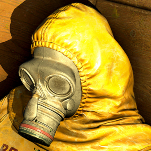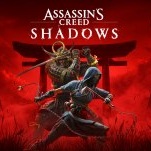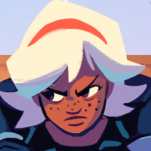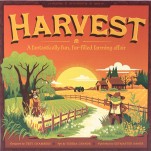Rising Storm (PC)
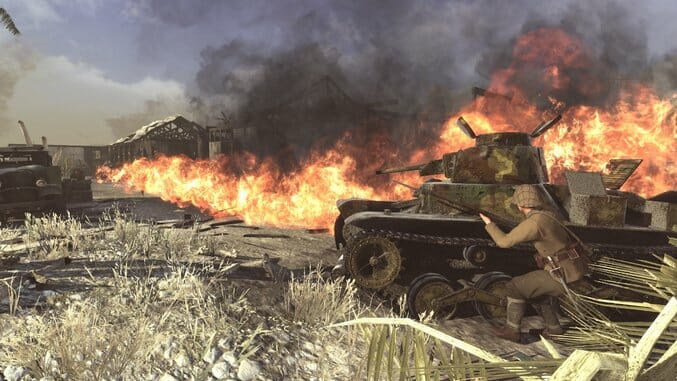
There are games that strive for realism, and then there are games that are just born with it. (Insert Maybelline reference here.)
Rising Storm—the multiplayer-only standalone expansion for 2011’s Red Orchestra 2: Heroes of Stalingrad—aims to create the most authentic military shooter out there, complete with dusty environments, interactive combat squads, and incredibly low defense for players. There are games that include optional realism modes for more daring and challenged players. This one is built right in.
Like Red Orchestra 2, Rising Storm takes place during World War II, although this time the action’s over in the Pacific. Players choose between the Allies and the Axis, and even though Tripwire is based in Georgia (literally right down the street from Paste’s games editor, no less), neither side is drastically superior. Each has its own weapons and abilities, although the basics and roles are relatively the same. There are multiple player options on each side—32 to be exact—including snipers, rifle specialists, commanders and squad leaders. As in a real war, each person has specific skills, weapons and roles they must play in a variety of games and maps based on real-world battles. If there ever was a game for military enthusiasts, this would be it.
Even without the prior knowledge, Rising Storm is an interesting history lesson. The game attempts to recreate the Pacific campaign during 1941 and 1945 in battles between the Americans and the Japanese. There’s the Battle at Iwo Jima and the Battle of Saipan, just to name a few. It doesn’t bombard you with facts and dates (although they are there if you pay attention). Rather it immerses you in a real battle with what I can only assume are accurate weapons that you must utilize in specific tactical attacks that could mean the difference between life and death. As a World War II simulation, Rising Storm feels terrifyingly authentic.
As a first person shooter this could work either for or against the player. There is a basic tutorial level that walks you through the various roles you could play. It introduces you to the weapons and lets you practice with them by shooting at targets, making sure you get how they work and what their capabilities are. In the commander segment, for example, you are tutored in the very specific and painstaking art of driving a tank and controlling squad movement. There are a lot of controls to memorize and they don’t always transition over into actual game sessions at first. Not even during the second, third, or fourth game do you truly understand the basics of Rising Storm. It takes a lot of trial and error with multiple respawns to look at an enemy map and know exactly what you need to do.
The difficulty curve is very steep—it’s a trek just making it up. The realism turns the action into much more than mere shooting. You have to learn to duck and cover, as one or two hits results in death. Maps are large and it’s difficult to even see the enemies, let alone gun them down. Plus, getting kills requires a certain level of precision. However, there’s high satisfaction when you make your first kill. That challenge gives players something to work towards, and even the most seasoned shooters may run into some trouble.
-

-

-

-

-

-

-

-

-

-

-

-

-

-

-

-

-

-

-

-

-

-

-

-

-

-

-

-

-

-

-

-

-

-

-

-

-

-

-

-





































